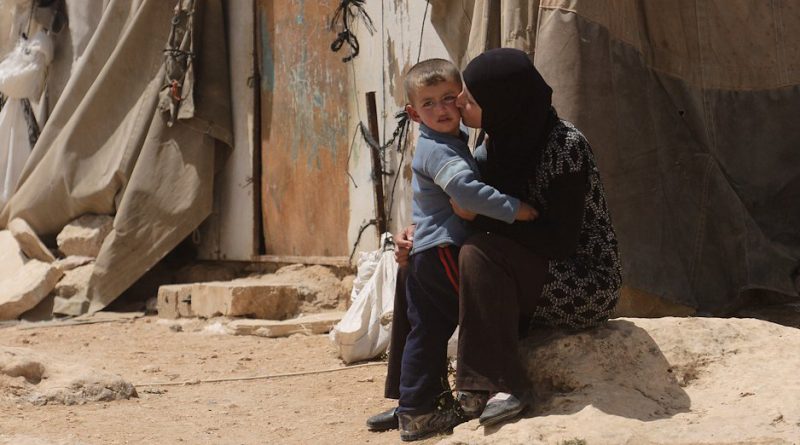Now Reading: Women in Indian Prisons: Over Crowded jails, lack of sanitation, custodial incidents & shortage of doctors (Read Report)
-
01
Women in Indian Prisons: Over Crowded jails, lack of sanitation, custodial incidents & shortage of doctors (Read Report)
Women in Indian Prisons: Over Crowded jails, lack of sanitation, custodial incidents & shortage of doctors (Read Report)
This analysis report reveals about the condition of women prisoners in India by a report submitted by Standing Committee on Empowerment of Women with Chair as Ms. Bijoya Chakravart on ‘Women in Detention and Access to Justice’ on December 22, 2017.
The Indian Prison Act, 1894 is the primary legislation for matters dealing with prison governance. Other laws including the Indian Penal Code, 1860, and the Indian Evidence Act, 1872, also provide safeguards against detention, torture, and other crimes during custody. Key observations and recommendations of the Committee include:
Overcrowding of jails
The Committee observed that overcrowding of jails is a serious problem with women jails having more occupancy than capacity. As of December 31, 2015, the number of inmates in central jails was 1,85,182 against the authorised capacity of 1,59,158. This leads to the lack of basic facilities to prisoners such as sanitation, food, and health care in jails. It has also lead to an increase in expenditure for jails.
The Committee observed that one of the key reasons for overcrowding was the delay in trials resulting in many under trials being detained in jails for long periods. A large number of these under trials were petty criminals such as drug offenders, ticketless travellers, and railway alarm chain pullers. To resolve this issue, the Committee recommended that alternative methods should be used for dealing with non-criminal offenders and petty criminals.
Custodial excesses
The Committee observed that infringement of rights of prisoners as a result of police behaviour during detention, was an important issue. This included cases of rapes and deaths that have taken place in custody. The Committee recommended that better surveillance measures may be put in place to ensure effective prison management. Further, it recommended that there should be greater interface with civil rights activists and their access to people in custody.
Training and recruitment of officials
The Committee stated that in order to ensure gender sensitisation in prison management, officials should be given training to develop positive attitudes towards women prisoners. Further, the Committee recommended that workshops should be conducted to ensure accountability in jail administration.
The Committee also observed that there was a shortage of women officials in prison management, which adversely impacts the management of women inmates. In this regard, the Committee recommended that special recruitment drives should be initiated to fill up such shortages.
Health-care needs
The Committee observed that data was not available for common health ailments prevalent among women prisoners. The Committee recommended that surveys be undertaken across prisons, in collaboration with state governments and NGOs, to compile such data. The Committee also noted that there was a shortage of doctors, para-medical staff, and equipment in jails.
Model prison manual
The Model Prison Manual, 2003 was prepared with the objective of bringing uniformity in rules governing prison administration across the country. A revised Model Prison Manual had been approved in January, 2016. The Committee observed that no notable steps were taken to ensure implementation of the Model Prison Manual, 2003. Further, it observed that after thirteen years since the passage of the manual, no impact assessment was conducted on its implementation. The Committee recommended that an impact assessment should be conducted regarding implementation of both the Model Prison Manual, 2003 and the new Model Prison Manual, 2016.
Foreign nationals
The Committee observed that foreign prisoners are more vulnerable because of reasons including: (i) lack of understanding of the trial process, (ii) absence of good interpreters, and (iii) linguistic differences. The Committee recommended that religious, dietary, and spiritual needs of foreign prisoners must be addressed by prison authorities. Further, it recommended that special cells be created for dealing with foreign nationals in custody.
Access to justice
The Committee observed that District Legal Aid Societies (DLASs) are active in all districts and provide legal aid to inmates. The Committee recommended that DLSAs should focus on providing legal resources to all classes of inmates, and particularly under trials. Further, there should be a concerted effort to rope in legal volunteers for helping with drafting of applications, affidavits, and other legal procedures. The Committee also recommended that more women lawyers should engage with DLSAs to facilitate access for justice to women prisoners.








